
2. Lawn gardening.
30 March 2025Greetings gentle lawn treader.
Firstly, I feel prompted to make something clear. I do not have a specific dislike of turf lawns or suggest their abolition or general replacement.
Turf lawns have their place. They are superlative groundcover, useful sports surfaces, can be stunningly beautiful and appropriate in the right circumstances, and can conveniently cover space with something that at the very least is green and alive rather than impermeable surfaces such as concrete or the horror of a plastic reproduction pretending to be a lawn as shown below.
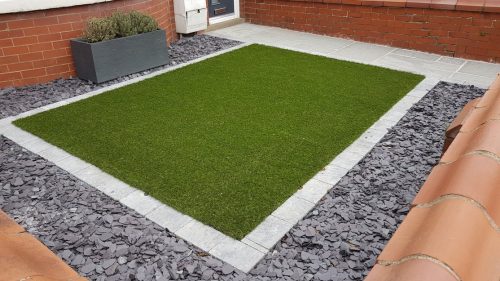
However, for a long time it has seemed to me that lawns can be so much more than just grass.
I was so convinced of this that I undertook a Master’s degree in Horticulture, and then a 4-year PhD at the University of Reading, to examine the possibility of this crazy idea I had of lawns without grass. The outcome of which is now referred to as a Tapestry lawn or ‘T-lawn’ for short.
I also tend to use ‘T-lawns’ to include those Tapestry lawns that have had a bit of grass creep in, so they are no longer ‘pure’ Tapestry lawns. Hopefully you will get the idea, even if it is a bit blurry round the edges.
Tapestry lawns are the opposite side of the coin to the familiar single plant type (monoculture) grass lawn. They are made from combinations of many different mowing-tolerant plants (polyculture) and specifically exclude grasses when they are first created.
Estimates suggest somewhere between 50-70% of park/garden space can be put over to lawns; that is a lot of space, and right now Britain needs a lot of additional environmentally friendly space to assist our struggling plants and wildlife, particularly in urban areas. So where are we going to get it?
It seems to me the biggest remaining untapped space in the garden and potentially its largest green canvas is the lawn.
T-lawns are no panacea, they will not solve the environmental crisis we are now facing, but they may help.
It will take effort on the part of Britain’s gardeners, grounds keepers and its horticulture industry, but I am heartened by what I have heard directly from my students, and the positive feedback I receive when I talk on the topic of T-lawns. This website is a direct result of repeated feedback saying “I want one” and some wonderful students who insisted in no uncertain terms “More people need to know about this.”
I am working on the “Where can I get one?” question that almost always follows, but that is not as easy as it might seem. I need unequivocal evidence to prove to a naturally cautious horticulture industry that T-lawns are worth growing for and are not simply a small, niche market, flash-in-the-pan, particularly since T-lawns are not ever likely to be a cheap option compared to grass seed or turf.
What I also note, especially via my adult RHS students, is that Britain’s many gardeners have never shown more determination to do something, almost anything, to help counter the decline in our plants and wildlife.
The Wildlife Gardening Forum Omnibus Survey concurs, reporting in 2021 that 84% of people with access to an outdoor space are doing at least something to help wildlife in their outside space, and overall, 91% were in agreement that gardens are important places for wildlife.
T-lawns can be part of this gardener prompted nature-friendly approach to gardening in the UK.
It has been noted by many authorities and particularly the Royal Horticultural Society (RHS) that small changes to garden management can scale up to have large scale impacts on biodiversity, and there certainly is hope. Together we gardeners can make a difference.
I am so tempted to make this first blog post a long one, but apart from introducing the T-lawn concept and that I think it has a place in environmentally friendly gardening wherever it is suitable, I would like to take this opportunity to emphasise just how appropriate T-lawns are for these rain-swept islands of ours.
There is some inevitable debate with our neighbours, but Britain is the most likely candidate to be the original home of the lawn. The UK has records of lawns (not just grass ones), going back at least a thousand years. Now, a millennium later lawns are found worldwide, and are by far the most commonly encountered horticultural feature on the entire planet; the greatest stretch of groundcover planting in the whole history of humankind. But they do not suit everywhere they are now found; lawns in desert regions are jarring peculiarities, but they do suit here.
The British Isles are just about as perfect a location as you can get for a common garden lawn. This is their point of origin, this their home, and if they are to change and to evolve as now seems both timely and necessary, then it is here that it can happen, and perhaps with the hands, minds, and goodwill of Britain’s many gardeners, happen like nowhere else in the world.
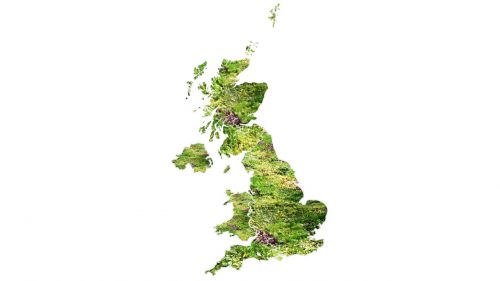
Gardens are having to evolve in-light of the environmental changes we are most definitely experiencing. The suitability of plants in our gardens is changing, the plants we use are changing, how we grow and manage them is changing; gardening is changing. It does not take a great leap of vision to see that garden lawns simply cannot be exempt from these changes, and that such a change can be both positive and rather beautiful too.
Though my fingers itch to write more, especially on the topic of what I like to think of as lawn gardening, I will pause here.
Until my fingers itch too much….
Welcome to my little website.
PS. If there are any plant nurseries/growers that feel they might be able to supply T-lawn suitable plants, I would love to hear from you. I have many people wanting T-lawns of their own and not enough plant sources/quantity to fulfil the demand.
All errors herewithin are probably mine. I am no website designer.
© Lionel Smith 2025

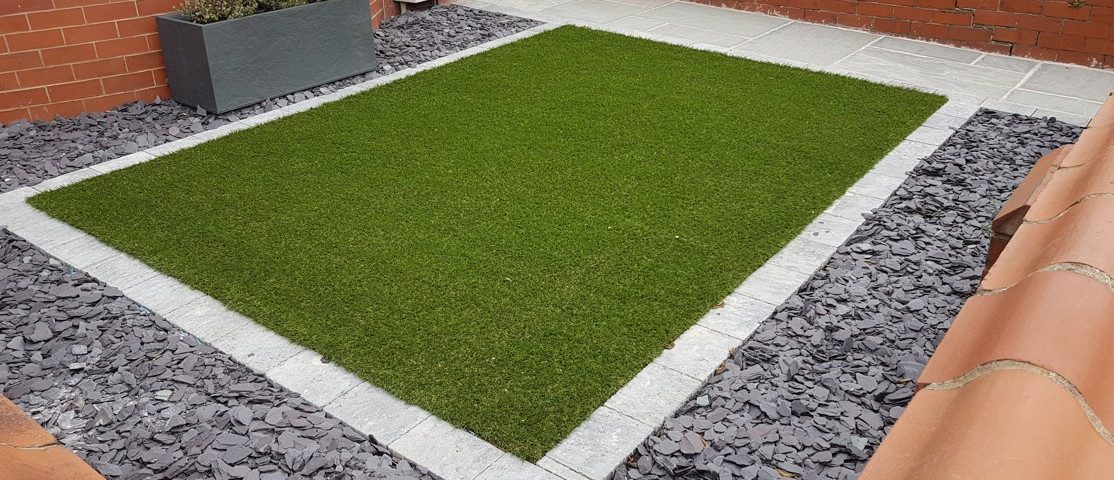

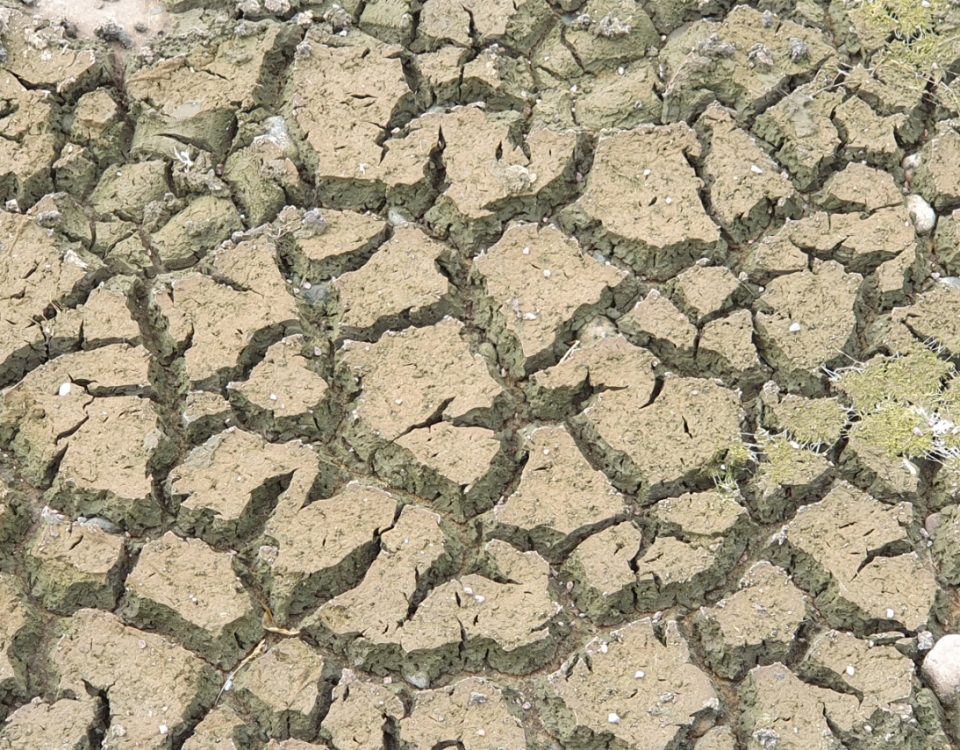
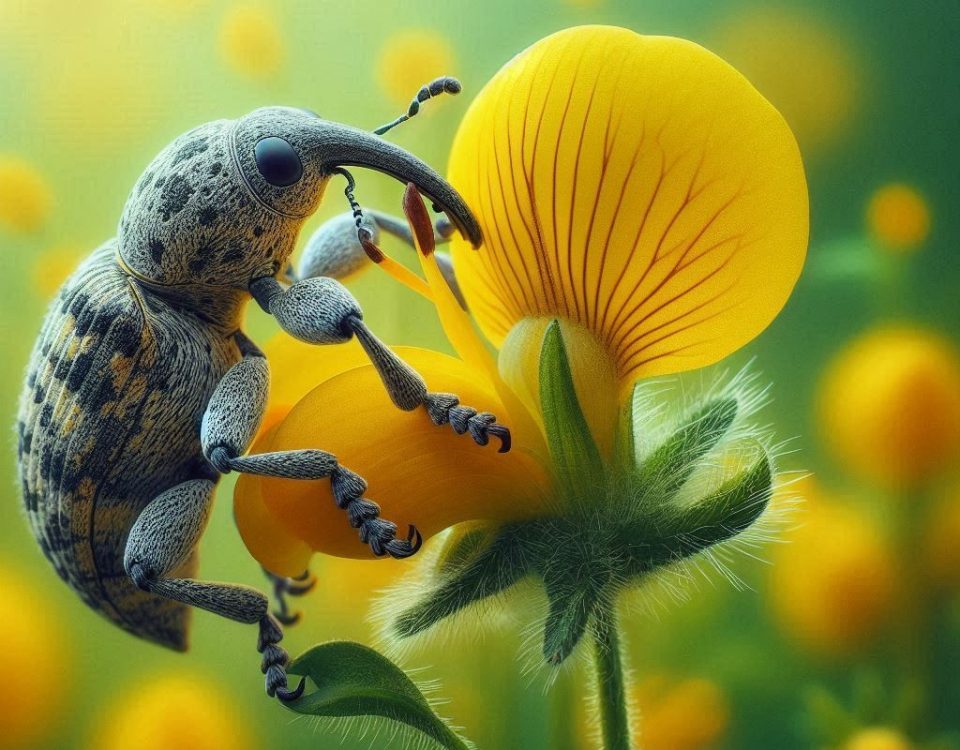

1 Comment
Traditional grass lawns are so boring and I totally agree – things need to change. I really hate mine and don’t bother scarifying, aerating or overseeding. I just leave it be as I intend to replace it anyway (when I get the time to do it!). It mostly contains lots of moss and forbs, which I prefer! Great article…..